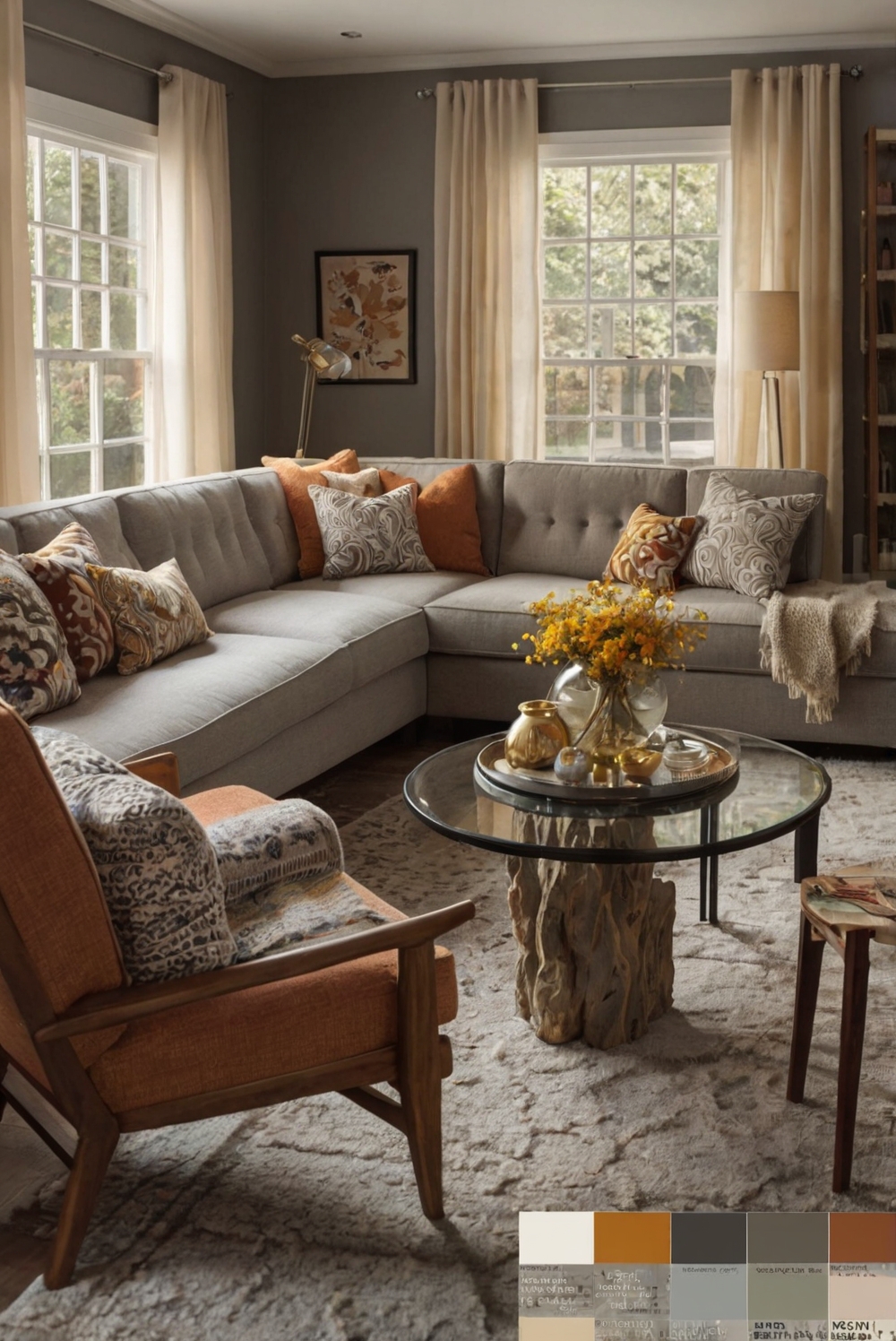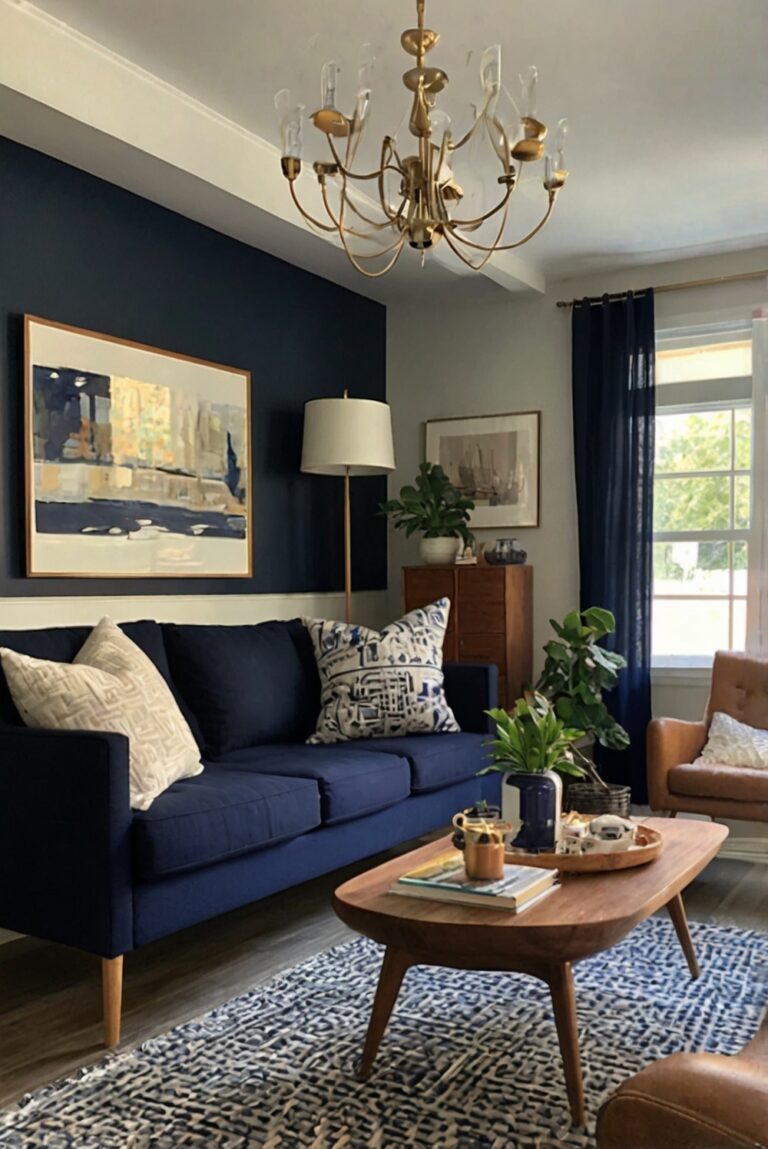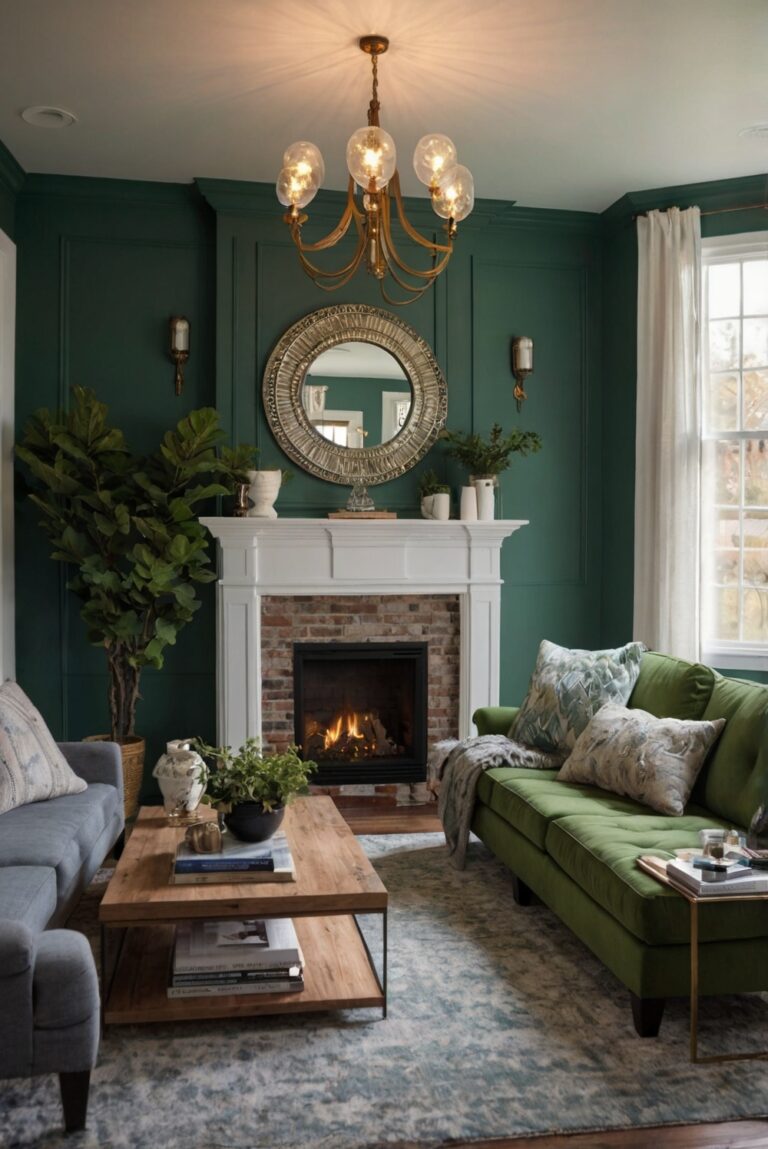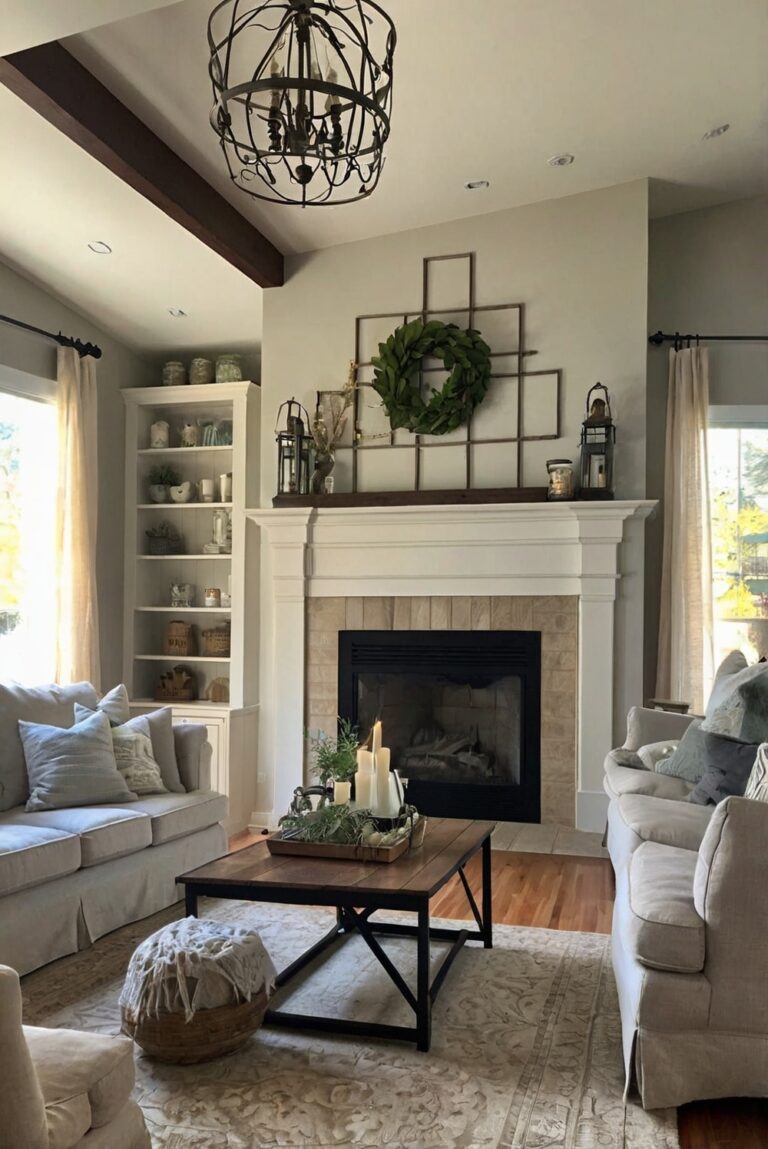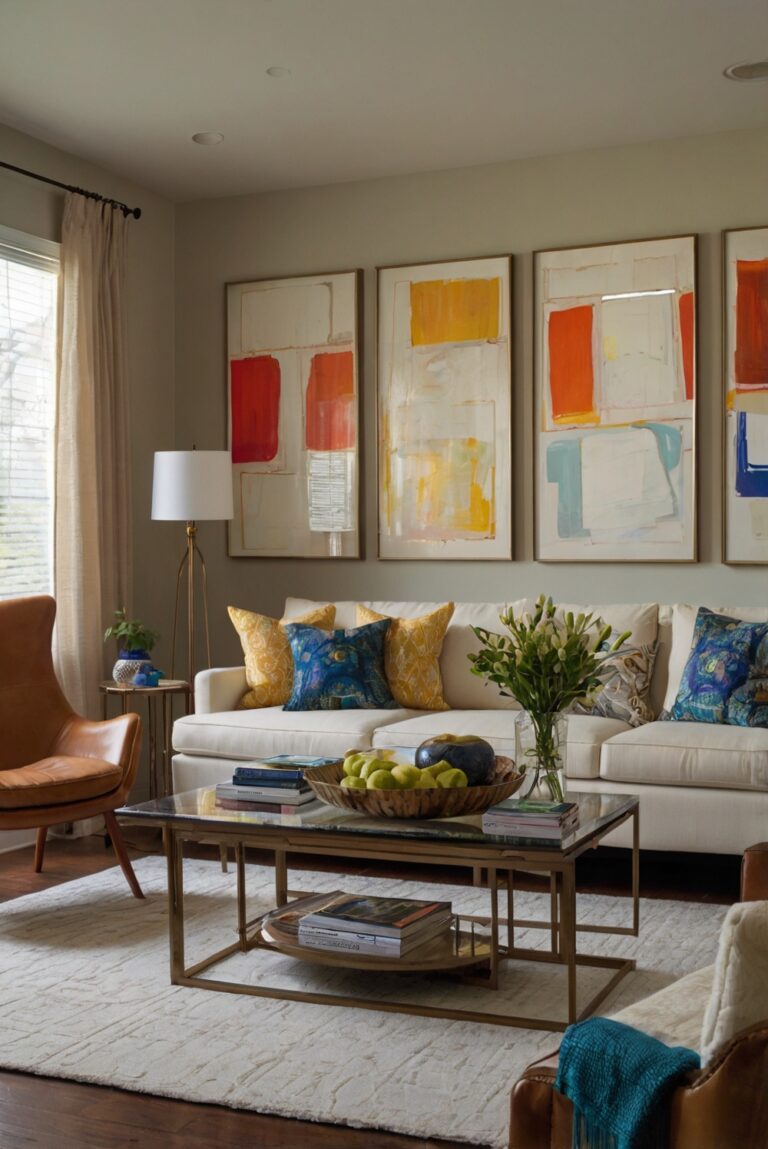Discover how to elevate your living room with the right lighting choices. Lighting can create drama and ambiance in your space, setting the perfect mood for any occasion.
Incorporating different lighting elements can greatly enhance the drama in your living room. Start by installing dimmers on your main lights to adjust the intensity based on the mood you want to create. Use accent lighting such as wall sconces or picture lights to highlight artwork or architectural features. Consider adding statement chandeliers or pendant lights as a focal point. Opt for warm colored bulbs to create a cozy atmosphere. Make use of task lighting for reading nooks or workspaces. Lighting can also help with space planning by defining different zones within the room. Consider hiring a professional interior designer for expert advice on lighting placement and design.
How can you use lighting to add drama to your living room?
Lighting plays a crucial role in setting the ambiance and mood of a living room. By strategically using different types of lighting, you can create a dramatic effect that enhances the overall look and feel of the space.
One way to add drama to your living room is by using accent lighting. Accent lighting highlights specific features or objects in the room, such as artwork, sculptures, or architectural details. By focusing light on these elements, you can create a focal point that draws the eye and adds visual interest to the space.
Another way to create drama with lighting is by using dimmers. Dimmer switches allow you to adjust the brightness of the lights, giving you control over the intensity of the lighting in the room. By dimming the lights, you can create a soft, romantic ambiance or increase the brightness for a more energetic feel.
Layering different types of lighting is also key to adding drama to your living room. By combining overhead lighting, task lighting, and ambient lighting, you can create depth and dimension in the room. This layering effect adds interest and creates a dynamic atmosphere that is visually appealing.
Conclusion:
In conclusion, by strategically using accent lighting, dimmers, and layering different types of lighting, you can add drama to your living room and enhance its overall look and feel. Experiment with different lighting arrangements to find the perfect balance that suits your style and creates the desired ambiance in your space.
1. Why is lighting important in adding drama to a living room?
Lighting plays a crucial role in setting the mood and ambiance of a room. By strategically placing different types of lighting fixtures, you can create a dramatic effect that enhances the overall look and feel of your living room. Lighting can highlight certain features of the room, create depth, and add visual interest. It can also influence the perception of space and make the room feel more inviting and cozy.
2. What are some key lighting techniques to add drama to a living room?
To add drama to your living room with lighting, you can use a combination of ambient, task, and accent lighting. Ambient lighting provides overall illumination, while task lighting is focused on specific areas like reading nooks or workspaces. Accent lighting, such as wall sconces or spotlights, can highlight architectural features or artwork. Additionally, using dimmer switches can help you control the intensity of the light and create different moods.
3. How can you choose the right lighting fixtures for adding drama to your living room?
When selecting lighting fixtures for your living room, consider the size and layout of the space, the existing decor style, and the desired ambiance. Chandeliers, pendant lights, floor lamps, and table lamps are popular choices for adding drama to a room. Opt for fixtures with unique designs, interesting shapes, or decorative elements that complement the overall aesthetics of your living room. Mixing different types of lighting sources can also create a layered and dynamic look.
4. What are some tips for creating a dramatic lighting effect in a living room?
To create a dramatic lighting effect in your living room, experiment with different lighting placements and angles. Use uplighting to draw attention to the ceiling or architectural details, and downlighting to illuminate specific areas or objects. Consider adding lighting behind furniture or fixtures to create a subtle glow and add depth to the room. Play with shadows and contrasts by positioning lights strategically to enhance the texture and dimension of the space.
5. How can you use smart lighting technology to enhance the drama in your living room?
Smart lighting technology allows you to control the intensity, color, and timing of your lights with ease. By using smart bulbs, dimmers, or programmable lighting systems, you can customize the lighting in your living room to create different atmospheres for various activities or occasions. For example, you can set up preset lighting scenes for movie nights, dinner parties, or relaxing evenings. Smart lighting can also help you save energy and create a more sustainable living environment.

